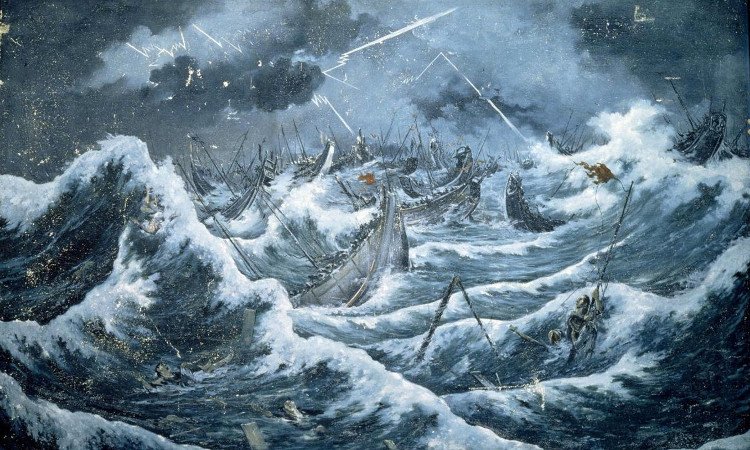A sudden storm and a severe storm emerged to help the Japanese escape the critical situation before the Mongol invasion.
According to the Guardian, in August 1281, Kublai Khan, the great Khan of the Mongol Empire, sent troops to invade Japan. But similar to the previous invasion in 1274, the Mongols again failed due to the weather.
Powerful invaders with more than 4,000 warships and 140,000 troops, from South Korea and China. The Japanese were not outnumbered but were poorer in equipment as the Mongols brought new weapons such as explosive arrows and grenades.
However, the Japanese still tightened their defenses, rendering Mongolian soldiers unable to conquer the island of Kyushu. While the two sides were in a bitter fight, a hurricane occurred.
Not wanting to be trapped in enemy territory, the Mongol invaders retreated to their ships and attempted to move in the storm. Many warships collided or crashed into the cliffs, drowning most of the soldiers.
The surviving army was swept to the coast by the waves and died at the point of the Japanese sword. Only a few hundred warships returned unharmed to Mongolia, marking the invasion’s total defeat.
In Japan, the hurricane is considered a sign of the god of blessings and is named “god of the wind” or Kamikaze in Japanese.
Heavy storms are very rare in Kyushu. However, researchers examining lake bottom sediments in the area found evidence of severe flooding in the 13th century. Additionally, an analysis of the Mongolian battleship’s hull indicated poor quality and not strong enough to move during thunderstorms.


